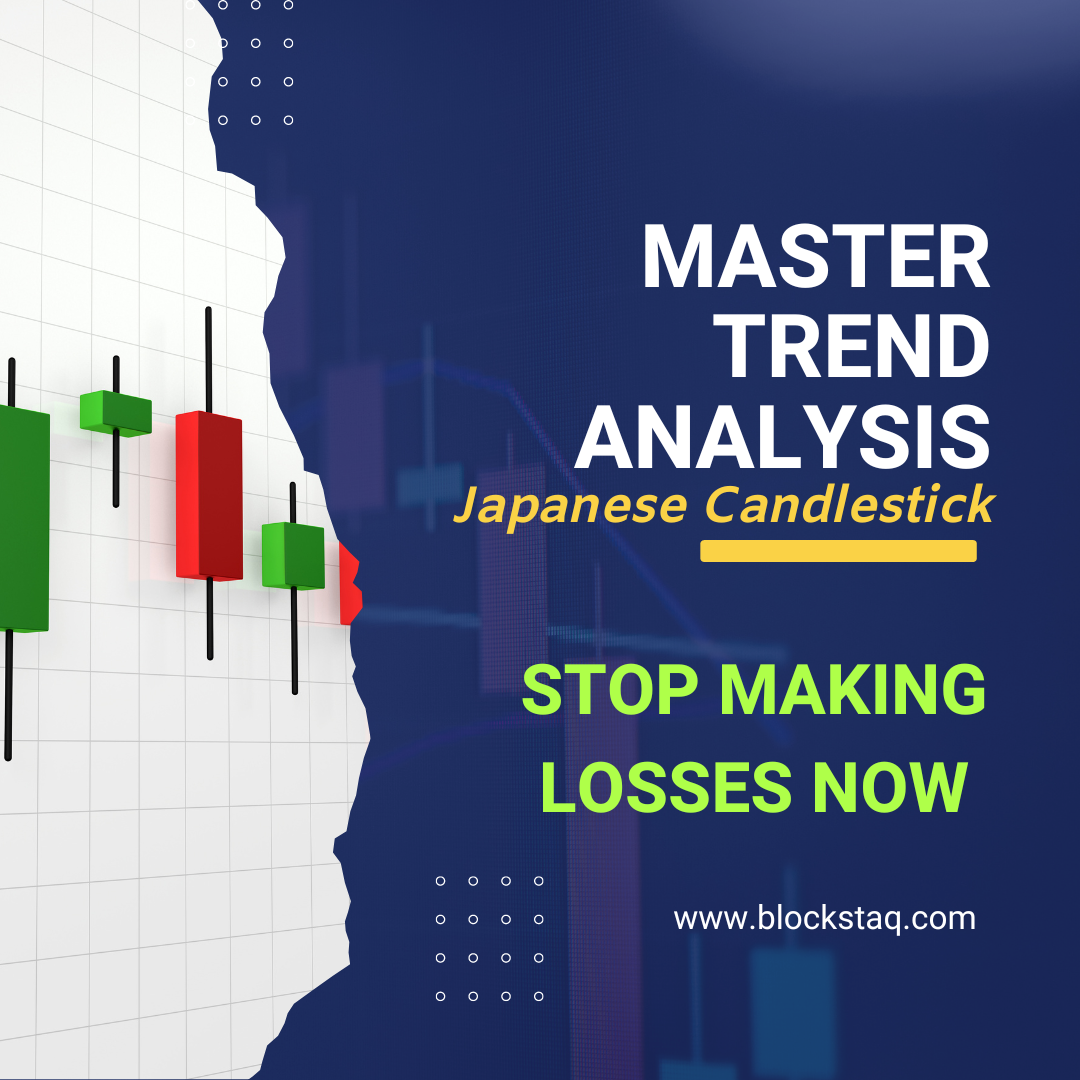Intraday trading in Bank Nifty can be challenging and risky, and there is no one-size-fits-all strategy that works for everyone. However, here are some general tips that may help you develop a trading strategy for Bank Nifty:
- Plan your trades: Before entering any trade, make sure you have a plan in place that includes your entry and exit points, stop-loss levels, and profit targets. Stick to your plan, even if the market moves against you.
- Use technical analysis: Technical analysis can help you identify patterns and trends in the price movement of Bank Nifty, which can be used to make trading decisions. Use tools such as moving averages, support and resistance levels, and momentum indicators to analyze the charts and identify potential entry and exit points.
- Manage risk: Intraday trading can be risky, so it’s important to manage your risk carefully. Use stop-loss orders to limit your losses if the market moves against you, and never risk more than you can afford to lose.
- Keep an eye on the news: Economic and political events can have a significant impact on the stock market, so it’s important to stay up-to-date with the latest news and developments. This can help you anticipate market movements and adjust your trading strategy accordingly.
- Be disciplined: Successful intraday trading requires discipline and patience. Stick to your trading plan, avoid impulsive decisions, and don’t let your emotions drive your trading decisions.
Remember that intraday trading can be risky and is not suitable for everyone. Make sure you fully understand the risks involved and seek professional advice if necessary.
What is the best time for intraday trading in Bank Nifty?
The best time to trade in Bank Nifty intraday can vary depending on the market conditions and your trading strategy. However, here are some general guidelines that may be helpful:
- Early morning: The first hour of trading (9:15 am to 10:15 am) can be a good time to trade in Bank Nifty intraday as it tends to be highly volatile and can present opportunities for quick profits.
- Mid-day: The period between 11:30 am to 1:30 pm can be relatively quiet and less volatile, making it a good time to re-evaluate your positions and plan for the afternoon session.
- Afternoon session: The last hour of trading (2:30 pm to 3:30 pm) can be another volatile period, and can offer opportunities for traders to capitalize on any late market movements.
It is important to note that these are just general guidelines, and the best time to trade in Bank Nifty intraday can vary depending on various market conditions and individual trading strategies. As an intraday trader, it is important to stay flexible and adapt your trading plan as necessary.
What are the best indicators for Nifty and Bank Nifty?
There are many technical indicators available for analyzing Nifty and Bank Nifty, and the choice of indicators can depend on individual preferences and trading strategies. Here are some commonly used indicators:
- Moving Averages: Moving averages (MA) are used to identify trends and to determine support and resistance levels. The 50-day and 200-day moving averages are commonly used in technical analysis.
- Relative Strength Index (RSI): The RSI is a momentum indicator that measures the strength of the market trend. It oscillates between 0 and 100 and can indicate whether the market is overbought or oversold.
- Bollinger Bands: Bollinger Bands consist of a moving average and two standard deviations, one above the moving average and one below it. They can be used to identify trends, volatility, and potential price reversal points.
- Fibonacci retracement: Fibonacci retracement is a popular tool used to identify potential support and resistance levels based on the Fibonacci sequence of numbers.
- MACD: The Moving Average Convergence Divergence (MACD) is a trend-following momentum indicator that shows the relationship between two moving averages.
It is important to note that no single indicator can provide a complete picture of the market, and it is often useful to combine multiple indicators and other analytical tools for a more comprehensive analysis.


